The Big Six Of The Civil Rights Movement
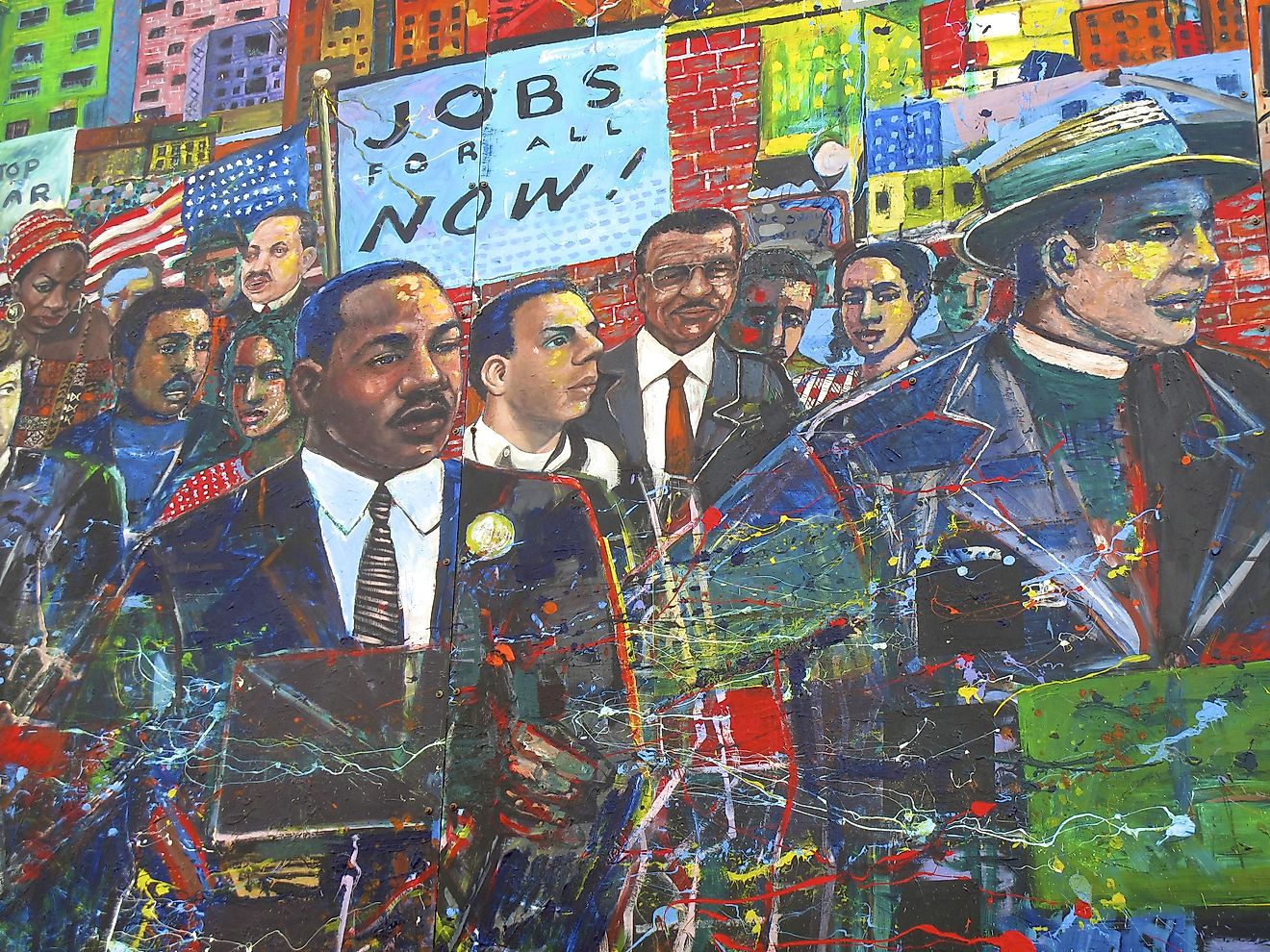
- Martin Luther King Jr. received the Nobel Peace Prize in 1964 and was posthumously awarded the Presidential Medal of Freedom.
- John Lewis is the only living member of the Big Six and is currently a representative for the Fifth Congressional District in Georgia.
- One of his most notable successes of A. Phillip Randolph happened in 1925 when he became the organizer of the Brotherhood of Sleeping Car Porters.
The Big Six is a term we use to refer to the six presidents, chairmen, and leaders of the Civil Rights Movement. They were the most well-known African-American figures of the 1960s and were the core of the movement and represented the driving force behind its power. These six men were the most important figures behind the organization of the March on Washington for Jobs and Freedom in 1963.
The goal of this march was to advocate for better economic and civil rights of the African-American people living in the United States. This march was when the famous “I Have A Dream” speech by Martin Luther King Jr. was made, which called for the end of racism. We will take a look at the big six and the roles they played in the civil rights movement in the remainder of this article.
1. Martin Luther King Jr.
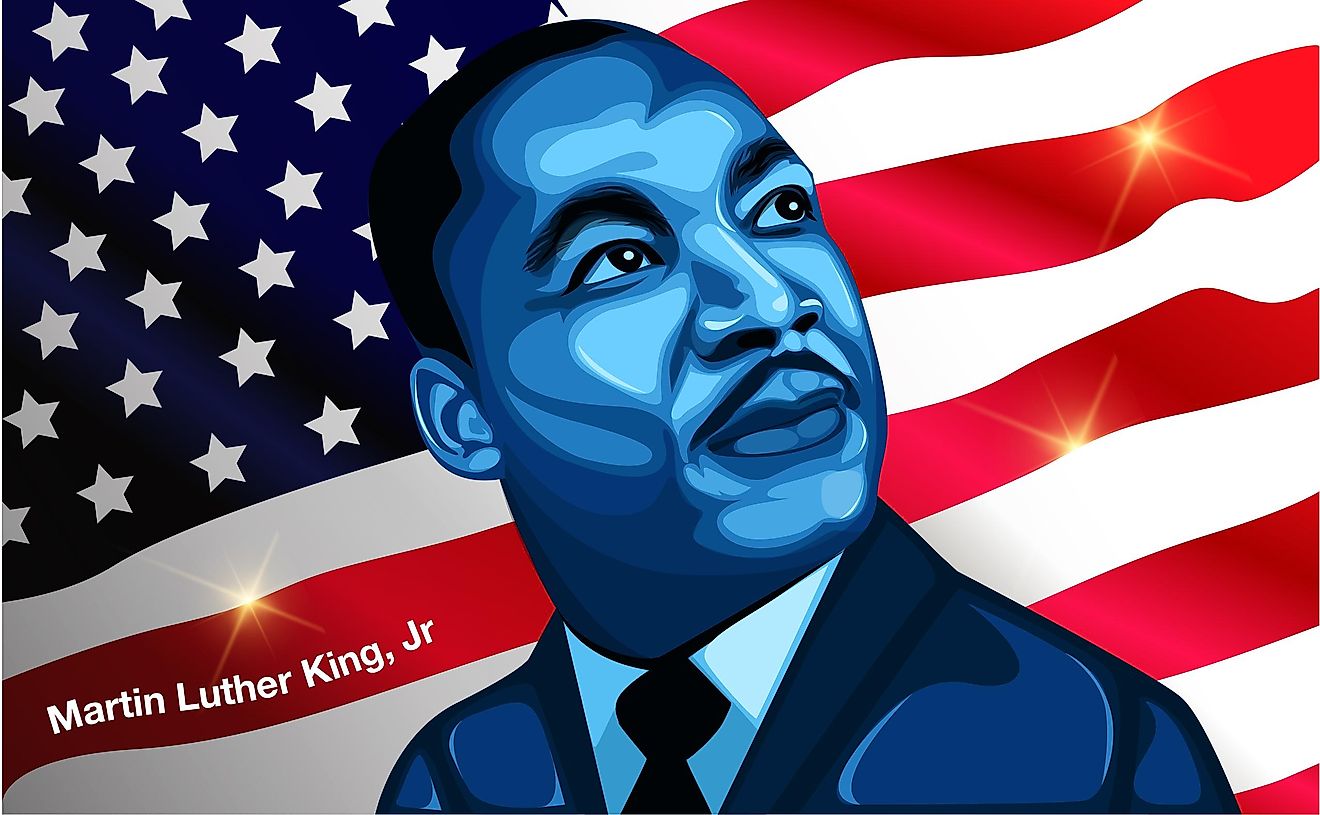
Possibly the most well-known figure in the Civil Rights movement, Martin Luther King Jr. was an activist and a Baptist minister. He was originally called to attend several meetings that dealt with the arrest of Rosa Parks, but he ended up in the spotlight as the face of the movement once he led the Montgomery Bus Boycott.
He then organized the Southern Christian Leadership Conference with the goal to perform protests against racism in the American South. He continued his work for fourteen years before he was assassinated in 1968. He received the Nobel Peace Prize in 1964 and was posthumously awarded the Presidential Medal of Freedom.
2. James Farmer
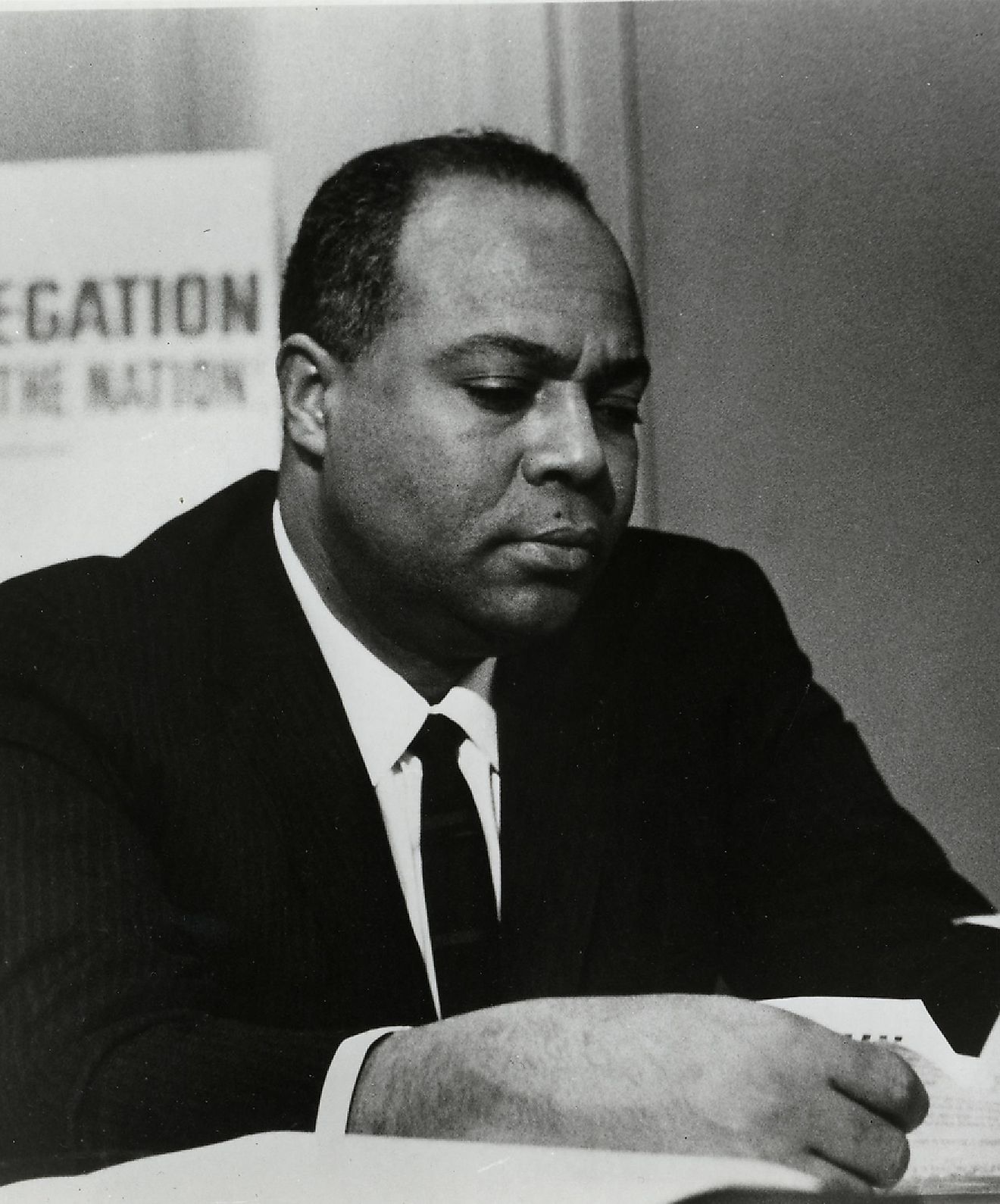
James Farmer was the founder of the Congress of Racial Equality. The goal of that organization was equality and racial cooperation through the means of nonviolent protests. He also worked for the NAACP (The National Association for the Advancement of Colored People) and he organized Freedom Rides as a way of protesting against racial inequality.
These protests exposed everything African-Americans had to endure because of segregation and actually put that problem in the media spotlight. He continued fighting for civil rights throughout his life, even while working as a professor, and later on as the Assistant Secretary of the Department of Health, Education and Welfare during the presidential term of Richard Nixon.
3. John Lewis
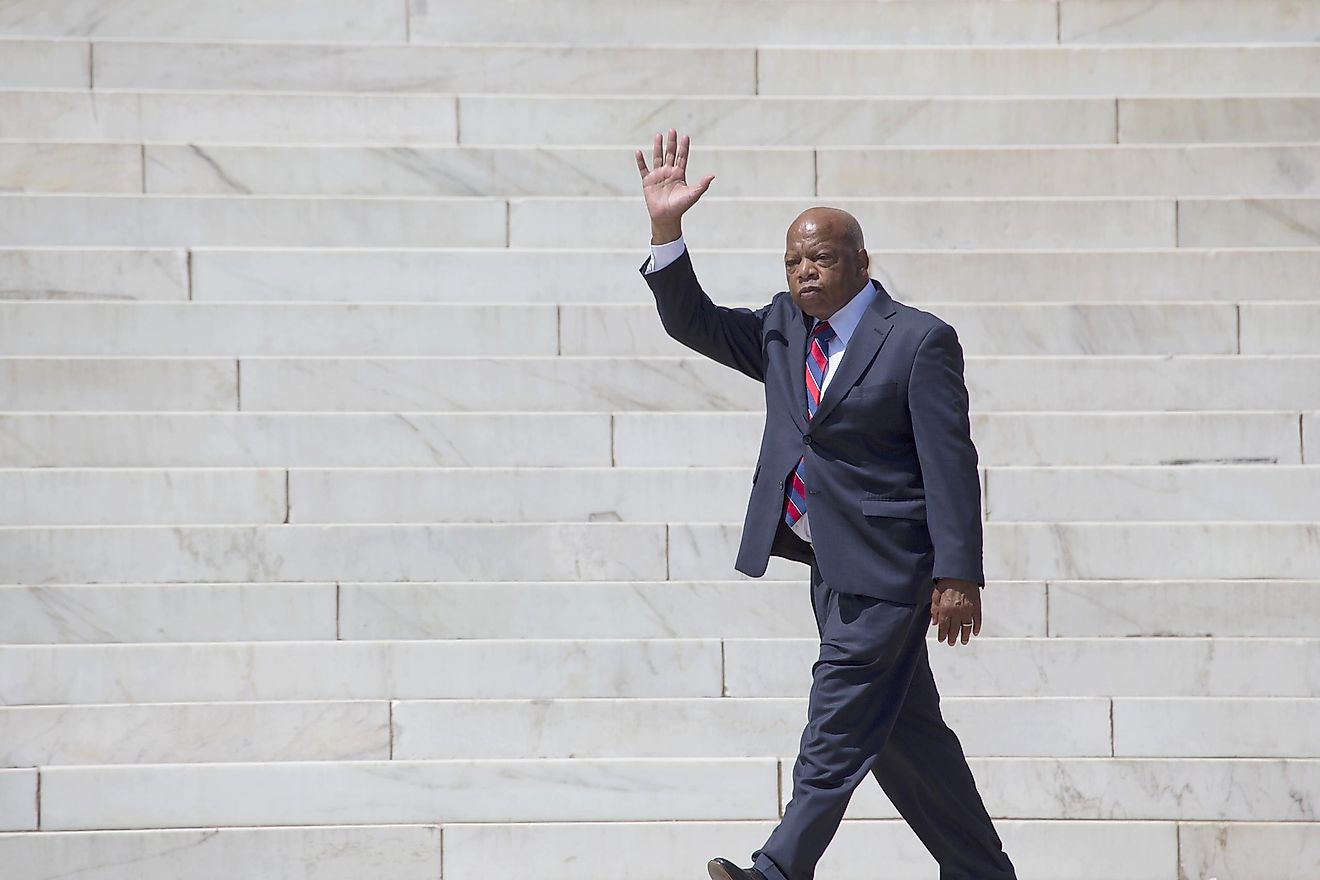
John Lewis is the only member of the Big Six that is still alive. He is currently a representative for the Fifth Congressional District in Georgia. Naturally, during the 1960s he was an activist. While he was in college he started to become an active member of the Civil Rights Movement. Some of his achievements are the establishment of the Freedom Summer and the Freedom Schools.
When he was only 23 he was already considered a vital member of the movement and one of the Big Six and was the youngest person that held a speech at the March on Washington.
4. A. Philip Randolph
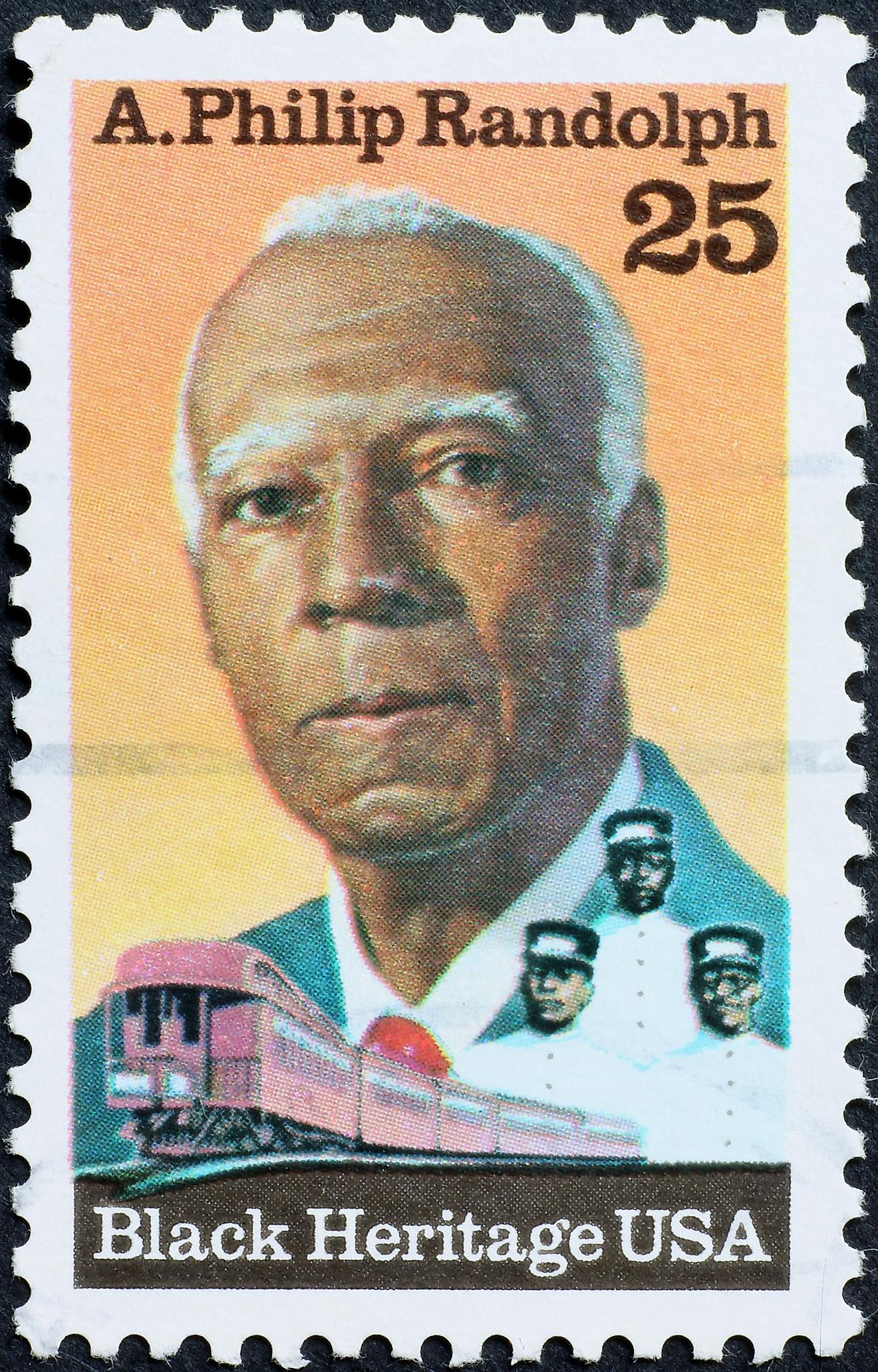
The work of A. Philip Randolph as an activist for civil rights spanned a period of over 50 years. He started during the Harlem Renaissance and became the chairman of the National Brotherhood of Workers of America in 1917. One of his most notable successes as a civil rights activist happened in 1925 when he became the organizer of the Brotherhood of Sleeping Car Porters.
This organization fought for better pay and working benefits for African-American workers. He was also one of the organizers of the March on Washington.
5. Roy Wilkins
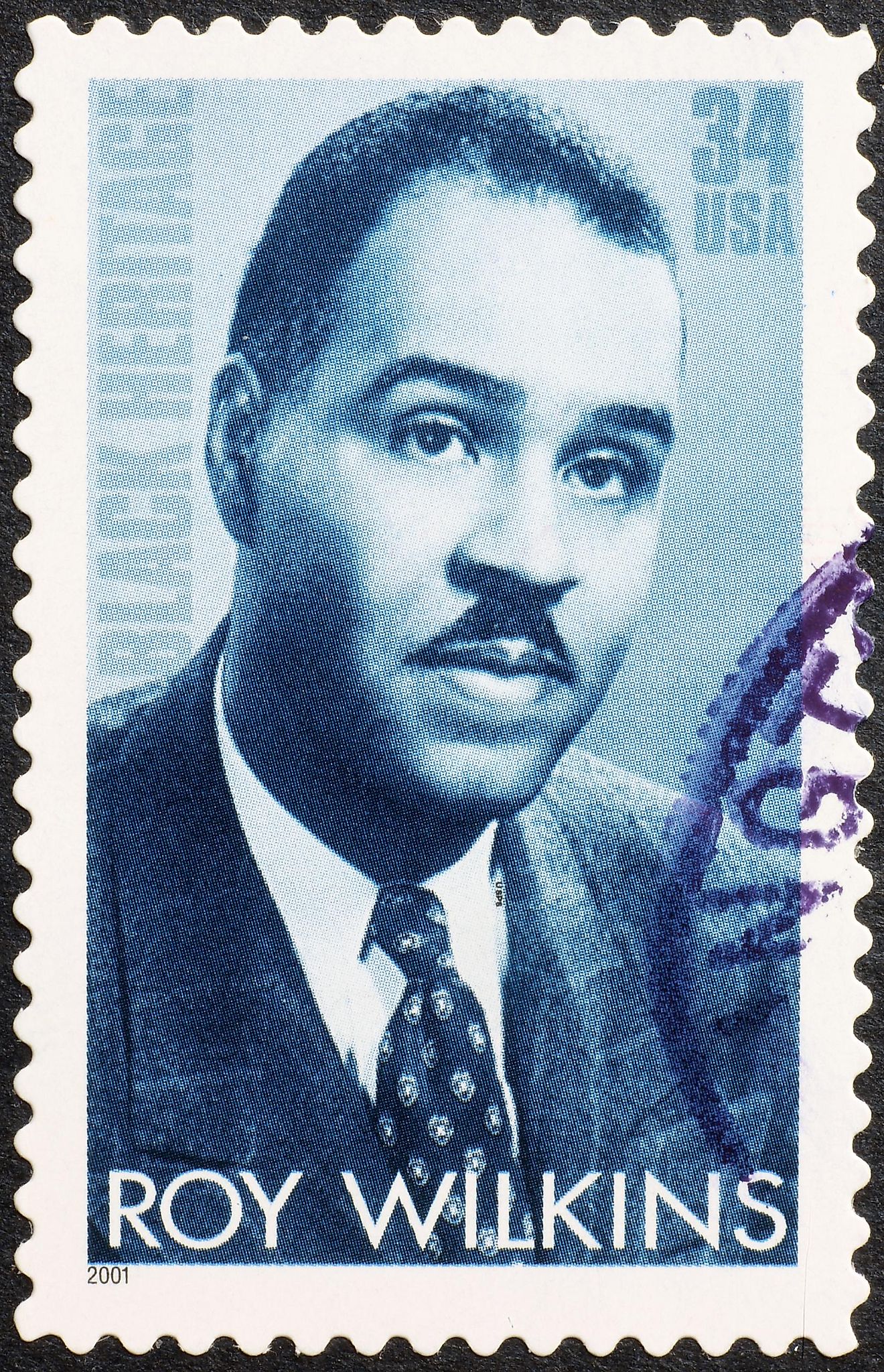
Roy Wilkins is best known as the executive director of the NAACP in the 1950s, but he started his career as a journalist. He wrote articles for various African-American newspapers, some of which include The Call and The Appeal. He first joined the NAACP in 1931 and has only moved upward as a civil rights activist after that. His main goal was to change laws in order to achieve equality and fight for civil rights. He worked as the executive director of the NAACP until 1977.
6. Whitney Young
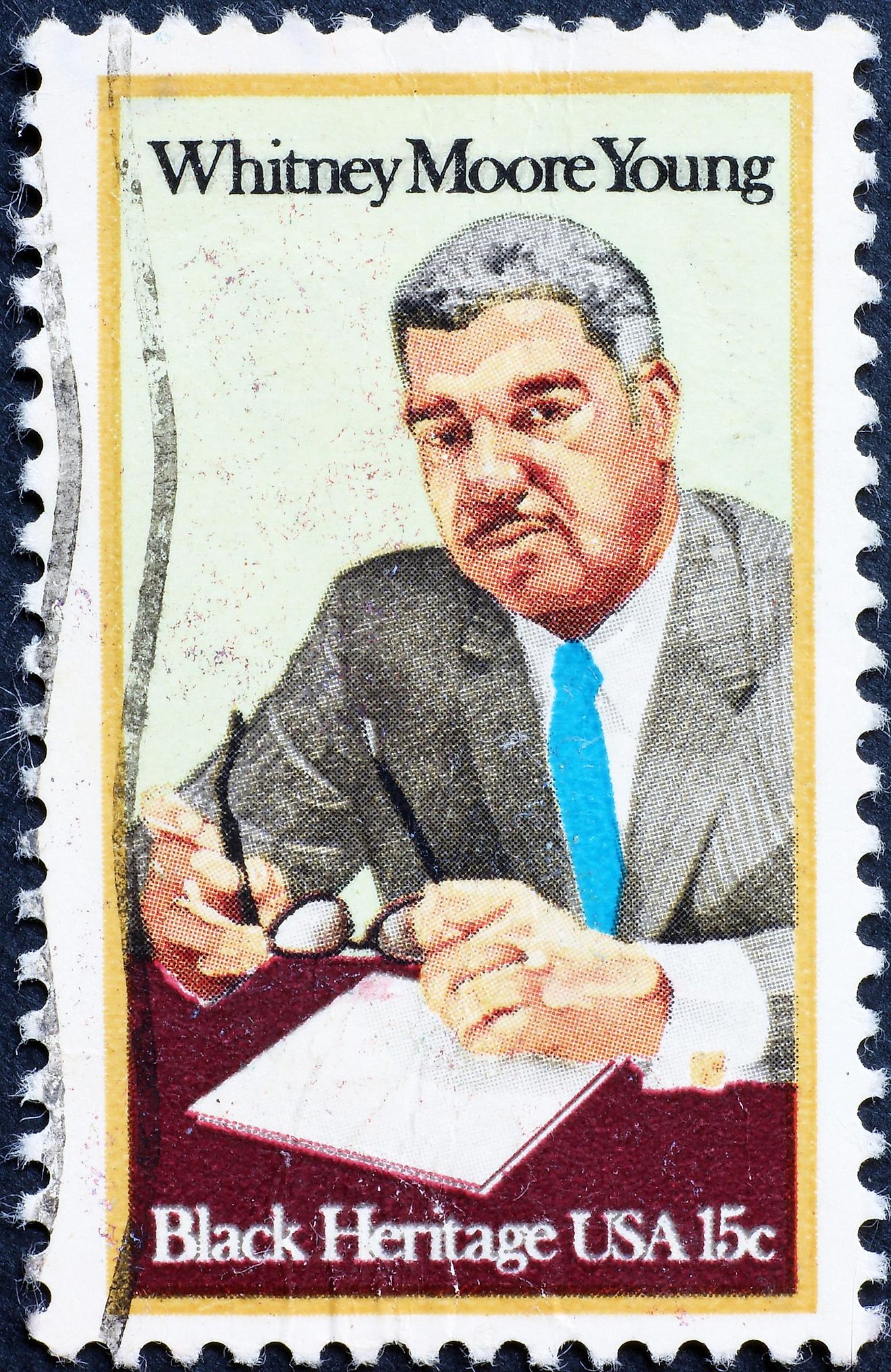
Whitney Young started his career as a social worker and his main goal was to bring an end to discrimination in the workplace, especially concerning employment. He fought in World War II which inspired him to start fighting against employment discrimination. He focused primarily on the American South and the problems with racism there.
He became the director of the National Urban League in 1961 and transformed the organization into an organization that fights against injustice using any means necessary.











